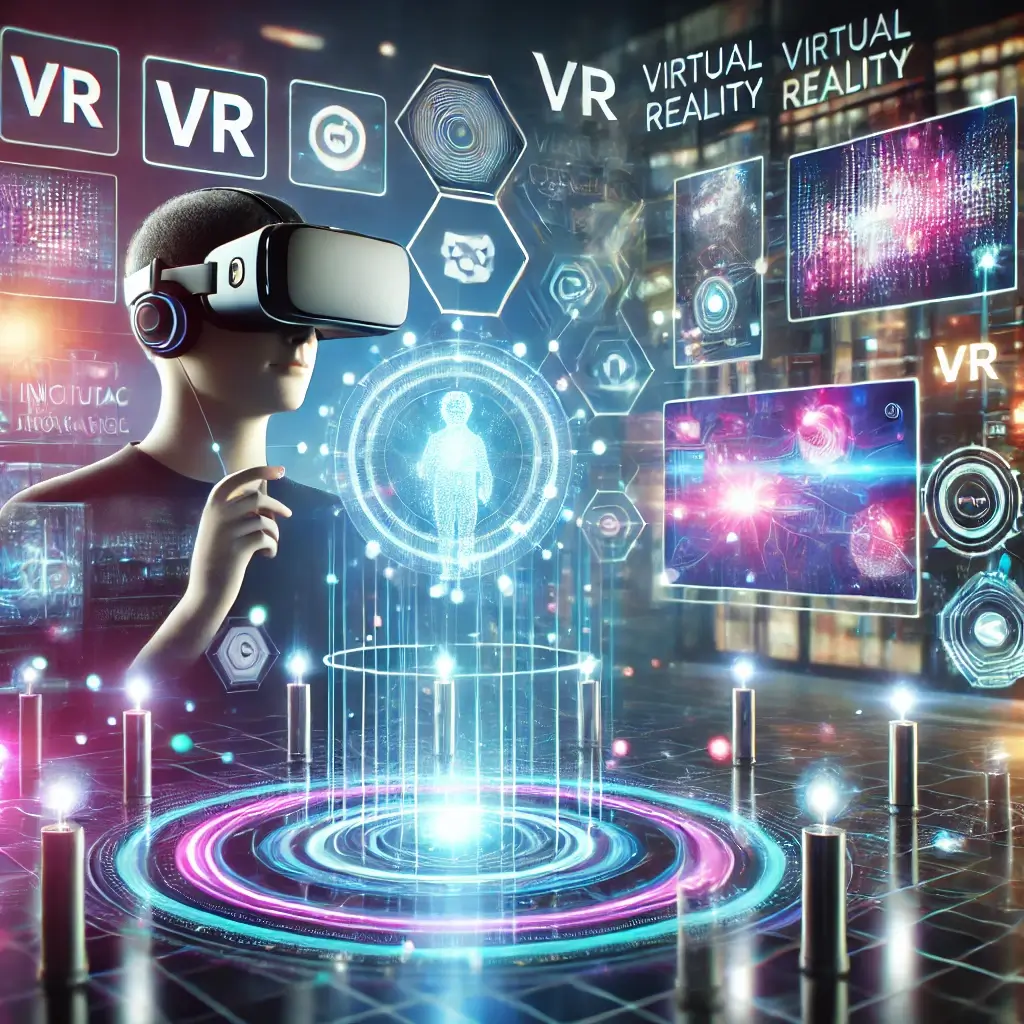Immersive Brand Connections: The Measurable Impact of VR on Marketing ROI
The Digital Revolution Transforms Marketing Through Virtual Reality
The digital revolution is unfolding at an unprecedented pace, and one of its most compelling innovations is virtual reality (VR). Once confined to science fiction, VR has evolved into a practical and powerful tool for modern marketing strategies. By immersing users in interactive and engaging experiences, VR offers brands a unique way to connect with consumers, break through the noise, and deliver memorable campaigns that drive results.
Virtual Reality: The New Frontier for Capturing Consumer Attention
In today’s competitive landscape, capturing attention is no easy feat. VR provides marketers with the opportunity to stand out by creating immersive environments where customers can explore, interact, and feel a deeper connection to a brand. Research from Deloitte highlights that VR-enabled marketing campaigns yield higher engagement rates and stronger emotional resonance compared to traditional digital formats.
Accessibility Drives VR Marketing Innovation Across Industries
This surge in interest is fueled by advancements in VR technology—from more affordable hardware to enhanced software capabilities. As these tools become more accessible, businesses of all sizes can leverage VR to innovate their marketing efforts. Whether it’s virtual product tours, immersive brand stories, or VR-powered events, the possibilities are vast and varied. This article explores the cutting-edge ways VR is shaping the future of marketing, offering insights for businesses ready to embrace this transformative trend.
Features That Define VR’s Marketing Potential
Features Section
How Multi-Sensory Experiences Drive Emotional Connections
1. Virtual Reality as a Sensory Experience
Unlike traditional advertising, which relies heavily on visual and auditory cues, VR engages multiple senses to create a fully immersive experience. This sensory engagement enhances recall and builds emotional connections that traditional methods often fail to achieve.
Example: A global travel agency launched a VR campaign allowing users to “visit” exotic destinations from their living rooms. By simulating sights, sounds, and even the ambiance of a bustling market or serene beach, the campaign led to a 40% increase in bookings.
Transforming Customer Journeys Through Interactive Virtual Experiences
2. Redefining Customer Journeys with VR
The customer journey is no longer linear. VR allows brands to meet consumers at various touchpoints in novel and impactful ways. Interactive experiences can guide users through every stage of the purchasing process, from discovery to decision-making.
Case Study: A leading automotive company introduced a VR showroom where customers could explore vehicle interiors, customize features, and take virtual test drives. This initiative boosted online inquiries by 45% and accelerated conversion rates.
Breaking Geographic Barriers with Virtual Reality Events
3. VR for Real-Time Engagement
Live events and interactive sessions have been transformed by VR. Brands can now host virtual launches, concerts, and webinars, fostering real-time engagement without geographical constraints. These events often see higher participation rates and generate buzz that extends beyond the VR environment.
Example: A tech company launched its latest smartphone in a VR-exclusive event, drawing over 200,000 attendees worldwide. The interactive format allowed participants to explore the phone’s features in detail, contributing to record-breaking pre-orders.
How Virtual Reality Enhances SEO Performance and User Metrics
4. Integrating VR into SEO and Digital Strategies
Search engines are increasingly prioritizing user experience, and VR content is a game-changer in this regard. Optimized VR experiences can improve dwell time, reduce bounce rates, and enhance overall site performance. Additionally, as search engines evolve to accommodate AR and VR content, early adopters will gain a competitive advantage.
Insight: Incorporating VR experiences into websites and social media platforms has shown a direct correlation with increased organic traffic. For instance, a fashion retailer’s VR fitting room reduced bounce rates by 25% and increased time-on-site metrics.
Embracing Virtual Reality as the Future of Brand-Consumer Connections
Conclusion
Virtual reality is redefining what’s possible in modern marketing. By blending technology with creativity, VR enables brands to craft experiences that go beyond the screen, fostering stronger emotional connections and driving tangible results. As the technology matures and becomes more accessible, businesses that adopt VR now will be better equipped to navigate the future of marketing.
Diverse Applications Drive Measurable Marketing Impact
From sensory-rich experiences to dynamic customer journeys and real-time engagement, the potential applications of VR are as diverse as they are impactful. Integrating VR into broader digital strategies, including SEO and social media, will further amplify its benefits. The message is clear: to stay relevant and competitive, marketers must not only embrace VR but also innovate with it.
Industry Research and Additional Resources
References
Deloitte. “VR in Marketing: Unlocking Consumer Engagement.” Published 2024. Link
PwC. “The Economic Impact of VR and AR.” Published 2023. Link
TechCrunch. “The Future of Virtual Events in Marketing.” Published 2023. Link
HubSpot. “How Immersive Content Can Drive SEO Success.” Published 2024. Link
